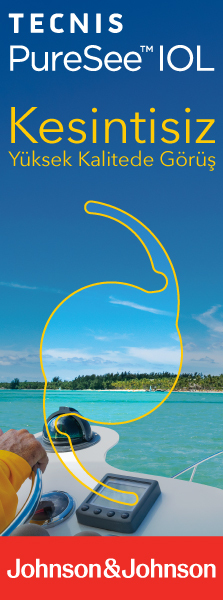TJ-CEO
2007 , Vol 2 , Num 2
Pascal Dynamic Contour Tonometer
1Fatih Üniversitesi Tıp Fak. Göz Hastalıkları AD, Ankara, Yrd. Doç. Dr.2Fatih Üniversitesi Tıp Fak. Göz Hastalıkları AD, Ankara, Prof. Dr. Dynamic contour tonometry (DCT) represents a novel type of continuously recording tonometry. It measures both intraocular pressure (IOP) and ocular pulse amplitude (OPA) simultaneously. The concave pressure-sensitive tip resembles the curvature of the cornea. In the condition of matched contours of DCT and cornea, the pressures on both sides of the cornea are theoretically equal and it allows to measure IOP directly on the external surface of the cornea. DCT, unlike applanation tonometers, eliminates most of the systematic errors arising from individual changes of corneal properties such as central corneal thickness and corneal curvature. The advantage of measuring direct IOP in combination with the capability of registering dynamic pressure fluctuations of DCT discloses new alternatives to diagnose and classify different types of glaucoma. However, necessity of more patient cooperation, limitations of the device, partially affected by corneal bimechanical properties and examiner related errors seems to be some limitations of the DCT.
In this review, DCT’s working principles, relation of corneal properties, OPA measurement and error sources of DCT has been discuused by using current literature knowledge. Keywords : Pascal dynamic contour tonometer, intraocular pressure, central corneal thickness, ocular pulse amplitude, error sources





